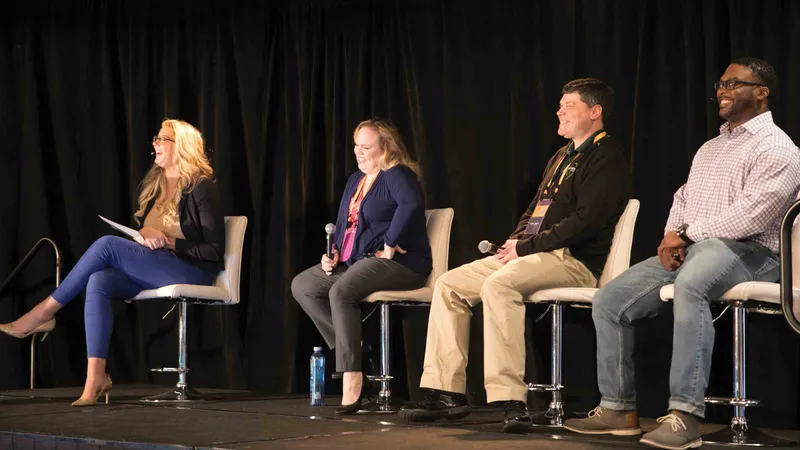As we’ve seen time and time again, Apple devices often have a lower total cost of ownership (TCO) compared to other devices. However, the initial hardware purchases can be a hard sell, and refreshing older devices can get expensive.
While organizations like Second Life Mac make Apple hardware refreshes easy and affordable, there are common mistakes that could be avoided to get the most bang for your buck. Kristin Lill and Ron Coleman from Second Life Mac joined us onstage at JNUC 2018 to discuss four of them that you should avoid before you approach your next device refresh.
Mistake #1: Selling your devices during the April-July timeframe.
Educational organizations often refresh devices during the early summer months to get a jump on preparing student devices for the fall, but this ends up being worse for your budget. The device buyback market gets saturated during this time, thereby lowering device value. By holding on to them for a couple extra months, you can increase the value of your devices by 15-20 percent.
Mistake #2: Not knowing the difference between a recycler and a trusted buyback partner.
To many people’s confusion, recyclers and buyback partners aren’t the same. Where a recycler is reactive, a partner is proactive. By partnering with organizations like Second Life Mac, you get a team of experts who will be there to assist you at every turn, not just another vendor representative.
From an enterprise setting, Jackie Hallmark gave a brief history of her responsibilities before and after her organization started relying on Second Life Mac for device refreshes… needless to say, things got easier. As opposed to a time-consuming, inefficient process, Hallmark worked with Second Life Mac to get higher value out of the devices she oversaw. Now, she uses the extra buyback revenue on other IT initiatives.
From an education setting, Joseph Lecau discussed the large amount of damaged iPads that he’s responsible for. Before Second Life Mac, he would attempt to get them repaired or sold for parts on an individual basis, which was tedious and expensive. An established partner like Second Life Mac was the partner he trusted most to do this work for him and be proactive about getting him the best pricing.
Mistake #3: Waiting too long or not thinking about doing your device refresh.
This idea is simple — the longer you wait, the less value your devices have. There are also many situations that you may not consider, such as shipping issues, that only a team of experts solely focused on ensuring efficient buyback programs will.
Mistake #4: Not researching to select the right buyback partner.
Like the team mentioned in mistake #2, recyclers and buyback partners aren’t the same. A partner has a vested interest in your success. This means they will make sure you have the proper resources so you can make an informed decision that benefits you and your organization.
The right buyback partner will be able to answer the tough questions with transparency:
- “Can you provide a clean, simple solution that eliminates my involvement with buyback programs?”
- “Can you quickly provide me with accurate valuation on my devices?”
- “Can you ensure every device is fully and properly wiped?”
Overall, JNUC attendees left the session with a greater knowledge on how to bring their organizations a secure, time-efficient and dollar-maximizing experience throughout their hardware’s lifecycle.
If you missed the session, the video recording and slides will be posted soon.
by Category:
Have market trends, Apple updates and Jamf news delivered directly to your inbox.
To learn more about how we collect, use, disclose, transfer, and store your information, please visit our Privacy Policy.

